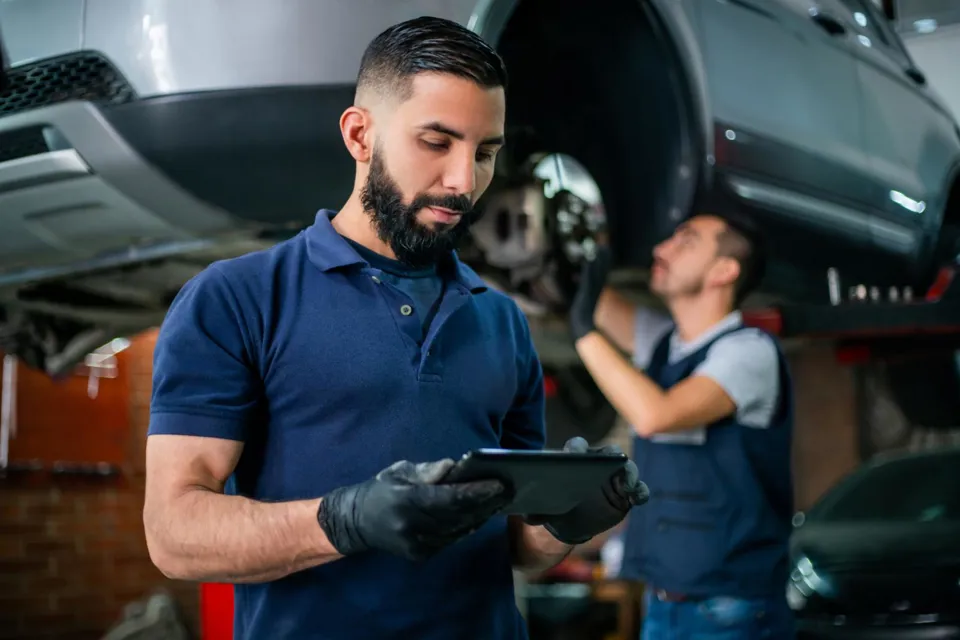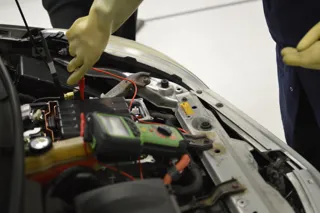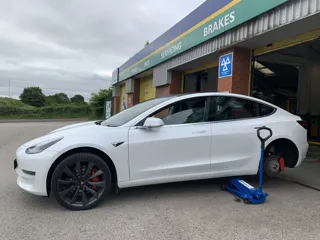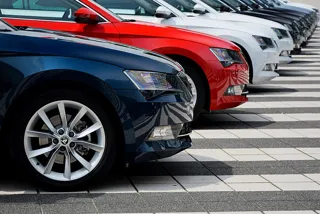A guide comparing electric vehicle (EV) service, maintenance and repair (SMR) costs to their internal combustion engine (ICE) equivalents is being developed by the Association of Fleet Professionals (AFP).
The new project aims to create a “definitive picture” of how SMR costs compare, with much of the current data and information surrounding the subject “incomplete, inconsistent or contradictory”, according to AFP chair, Paul Hollick.
He says that the objective is to “cut through the noise” to provide something as close as possible to a conclusive guide.
“There’s been an assumption ever since EVs started appearing on fleets that their SMR would be substantially cheaper than petrol and diesel cars and vans because there are fewer moving and wear parts,” explained Hollick.
“However, real world data has until recently been in short supply because comparatively few fleets have been operating EVs for any length of time.
“Various sources have been issuing what you might call work-in-progress SMR data over the last year or more, providing a snapshot picture of their experiences with EVs but it has been difficult to build a consistent picture.”
Some are reporting that SMR profiles are cheaper than ICE vehicles, as expected, but others have seen a more complex picture across different models and types of vehicle, especially when it comes to the wear and prices of EV tyres.
“This is problematic for fleets because it means that they don’t really have access to information that can show whether what they are spending on EV SMR is broadly consistent with what is being seen across the rest of the fleet sector,” continued Hollick.
“They have no way of knowing whether their managerial performance is good, bad or indifferent, and therefore no credible route to benchmarking or developing best practice.
“Many businesses are keen to tackle these issues in order to decide whether to bring their EV SMR in-house, something that many of our members appear to be currently considering.”
A comparatively large amount of SMR EV data is now starting to become available, according to the AFP.
Hollick said: “There are now quite a lot of fleets that now have two, three and even four-year-old electric cars, so we are close to having complete life cycles on which to base our research, showing how EVs stand up to wear and tear over a period of time, and how this impacts on the amount of SMR they need.
“We’re not really in that situation with electric vans yet – even the most experienced fleets don’t tend to have many that are much more than a year old – but we’re going to aim to provide as much information as we can in that area.”
The AFP has appointed an independent consultant to lead the research and produce initial results by the end of September.
Hollick said: “This is a fleet subject where it seems to us that some kind of definitive picture is very much needed, and the AFP is well positioned to meet that requirement.”
Earlier this year, the AFP reported fleets were unbundling SMR for EVs from their lease contracts, believing savings were not being passed on.
As a result, it first highlighted its desire to sestablish, from an industry perspective, what fleets should be expecting in terms of SMR budget for an EV in comparison to an ICE vehicle by employing the services of a consultant on the Fleet News at 10 webinar.
Previous research, published by Thatcham Research and funded by the Government’s innovation agency, Innovate UK, has highlighted the technical and practical differences between EVs and internal ICE vehicle insurance claims processes.
It found that EV batteries represent a substantial percentage of the original vehicle value and are therefore was rapidly presenting negative impact to the economic model of vehicle repair.
























Login to comment
Comments
No comments have been made yet.